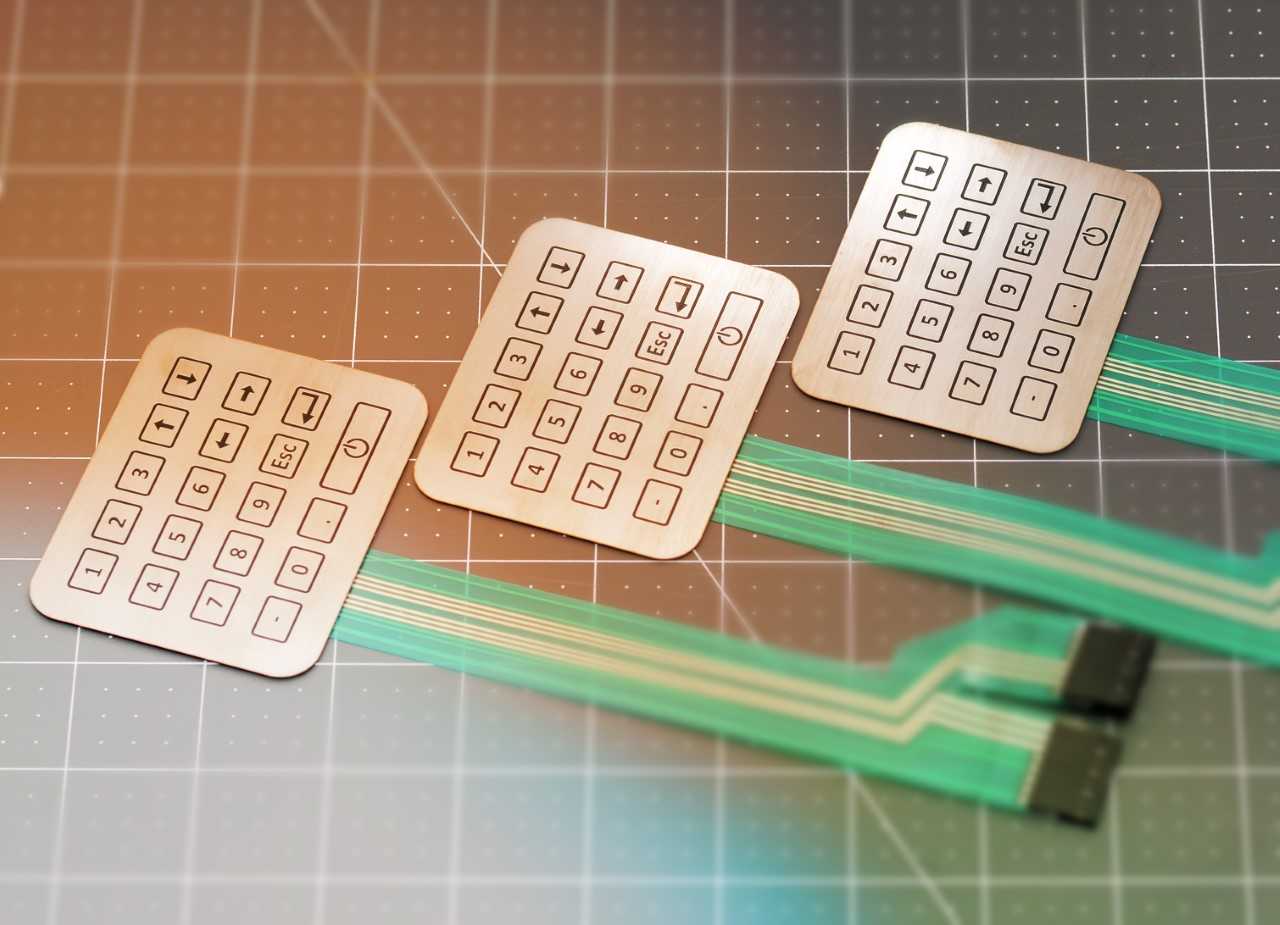How Membrane Switch Technology is Revolutionizing User Interfaces
Recognizing Membrane Layer Switches: The Secret to Sturdy and Reputable Controls

What Are Membrane Layer Switches?
Membrane switches are a sophisticated remedy in the world of interface innovation, combining functionality and layout perfectly. These tools work as a user interface between customers and digital systems, integrating a number of elements into a compact format. Commonly created from adaptable, thin layers of products, membrane switches are designed to reply to touch, enabling individuals to interact with machinery and digital devices properly.
The primary elements of a membrane layer button include a printed circuit layer, graphic overlay, and a spacer layer that avoids unintended activation. The graphic overlay can be customized to mirror brand name identity or customer preferences, boosting visual appeals while making sure usability. Membrane layer buttons are generally made use of in various applications, consisting of medical gadgets, customer electronic devices, and industrial devices, owing to their longevity and resistance to environmental variables such as dampness and dust.
Among the key benefits of membrane switches is their capacity to hold up against deterioration, making them excellent for high-traffic environments. In addition, they are light-weight and call for very little area, permitting cutting-edge styles in item advancement. Overall, membrane switches over stand for a effective and practical choice for modern-day electronic user interfaces, weding modern technology with user-centric style concepts.
Exactly How Membrane Switches Work
The procedure of membrane changes joints on a simple yet effective system that equates user input right into digital signals. When an individual presses the button, the top layer deforms, enabling a conductive element in the circuit layer to make contact with an equivalent conductive pad on the underside of the visuals overlay.
The design of membrane layer switches can differ, but they typically integrate domes or responsive elements to provide comments to the individual, improving the overall experience - membrane switch. The products utilized in membrane layer switches, such as polyester or polycarbonate, add to their resilience and resistance to environmental elements, including moisture and dust. The printed circuits are generally encapsulated, which secures them from wear and tear over time.
Benefits of Membrane Buttons

Furthermore, membrane layer switches are understood for their durability. Constructed from durable materials, they are immune to dust, wetness, and physical wear, which substantially expands their lifespan compared to typical mechanical switches. This durability makes them especially appropriate for high-traffic environments and applications needing longevity.
One more significant advantage is the convenience of cleaning and upkeep. The smooth surface of membrane changes decreases dust accumulation and is commonly unsusceptible spills, making them optimal for setups that need frequent sanitization.
In addition, membrane buttons use a structured account, resulting in a thinner style that can be integrated right into various devices without adding bulk. This attribute not just enhances the visual appeal but likewise adds to a much more ergonomic product layout.
Applications of Membrane Buttons
Straightforward and versatile, membrane layer buttons locate applications throughout a variety of industries, consisting of medical tools, consumer electronics, and industrial devices. In the clinical area, these switches are integral to devices such as analysis tools, client tracking systems, and mixture pumps, where integrity and ease of cleansing are crucial. Their ability to keep and withstand rough environments functionality makes them optimal for such applications.

In consumer electronics, membrane buttons are made use of in products like microwaves, cleaning devices, and push-button controls - membrane switch. Their sleek design enables intuitive interface, boosting the overall customer experience while providing resilience and resistance to deterioration
Industrial devices also benefits from membrane switches, especially in control panels for equipment and automation systems. These buttons provide security against dirt and moisture, ensuring consistent efficiency in difficult environments. Moreover, their adjustable functions permit makers to customize them to details functional needs, boosting effectiveness and functionality.
Choosing the Right Membrane Switch
When selecting a membrane button, it is vital to take into consideration page different aspects that influence performance and suitability for specific applications. The key factors to consider consist of environmental problems, responsive comments, durability, and design specs.
First, analyze the operating atmosphere; switches exposed to wetness, chemicals, or extreme temperatures require details products to guarantee longevity and performance. Next off, review the need for responsive comments. Relying on individual communication, some applications may take advantage of a responsive action to validate activation, while others may prefer a non-tactile design for visual reasons.
Toughness is an additional important aspect; membrane buttons ought to be made to stand up to frequent usage, impacts, and abrasion. Make certain the chosen switch can sustain the expected lifecycle, particularly in high-usage situations.

Final Thought
In final thought, membrane switches function as necessary elements in the design of trusted and long lasting control systems across numerous markets. Their compact layout, integrated with robust building and customizable attributes, improves user communication while guaranteeing long life find more info in demanding environments. The adaptability of membrane layer switches enables tailored options that meet details operational demands, reinforcing their relevance in modern innovation. As sectors remain to develop, the relevance of integrating reliable membrane switch remedies can not be overstated.
Membrane layer changes stand for a critical aspect of contemporary interface style, mixing capability with strength in numerous applications.Membrane switches are a sophisticated service in the realm of individual interface innovation, integrating capability and layout flawlessly. Typically constructed from flexible, thin layers of materials, membrane buttons are made to react to touch, making it possible for customers to connect with equipment and digital tools successfully.
The style of membrane layer switches can vary, but they frequently incorporate domes or tactile components to give responses to the individual, improving the general experience.In conclusion, membrane layer switches over offer as vital elements in the design of reliable and sturdy control systems this article throughout different industries.